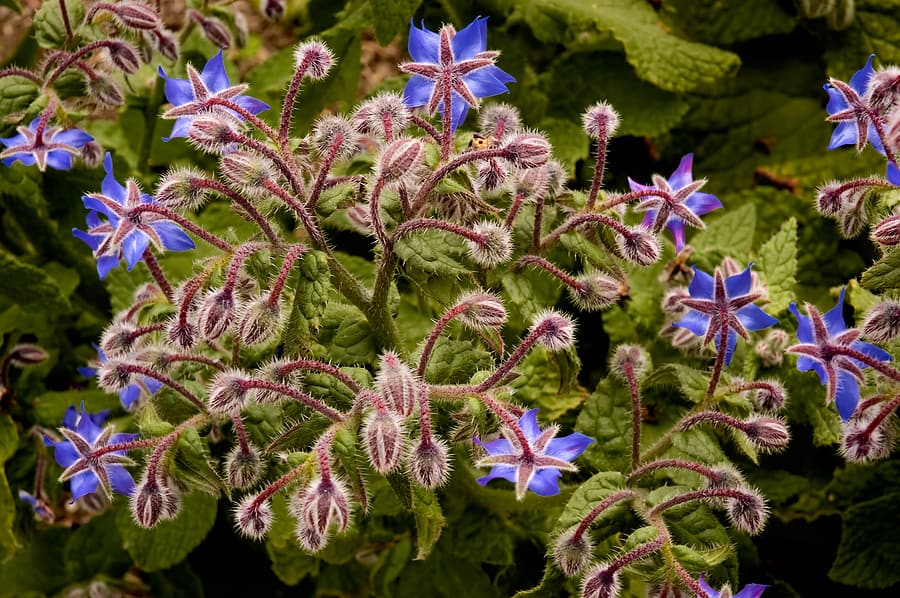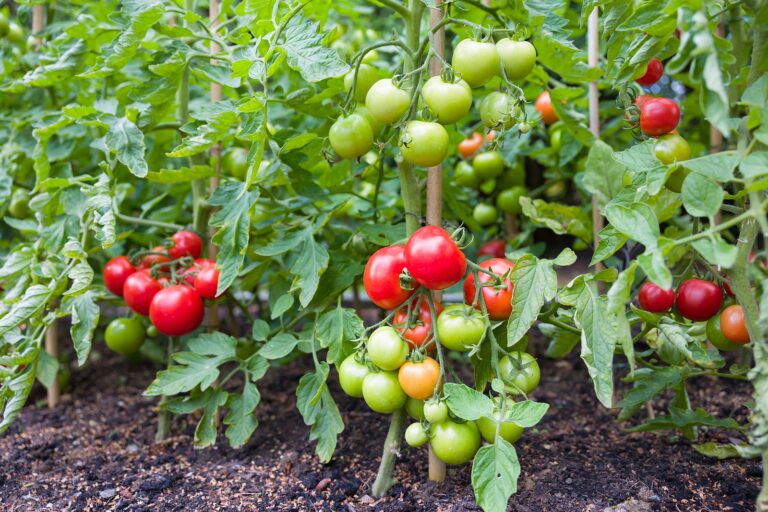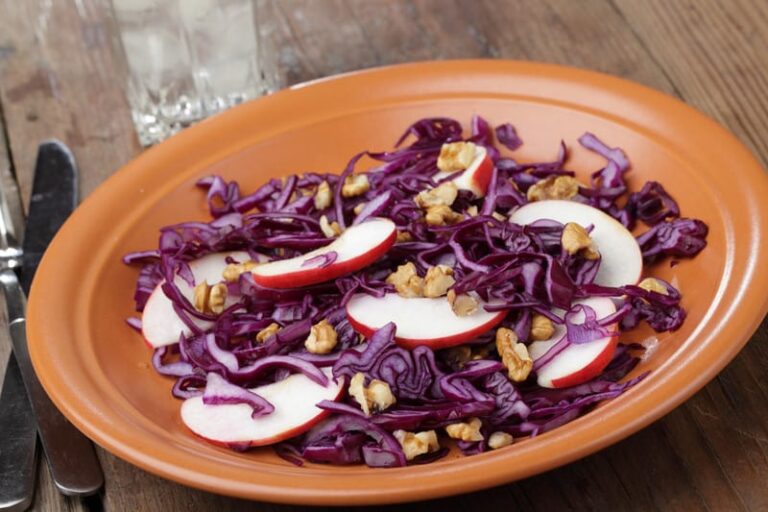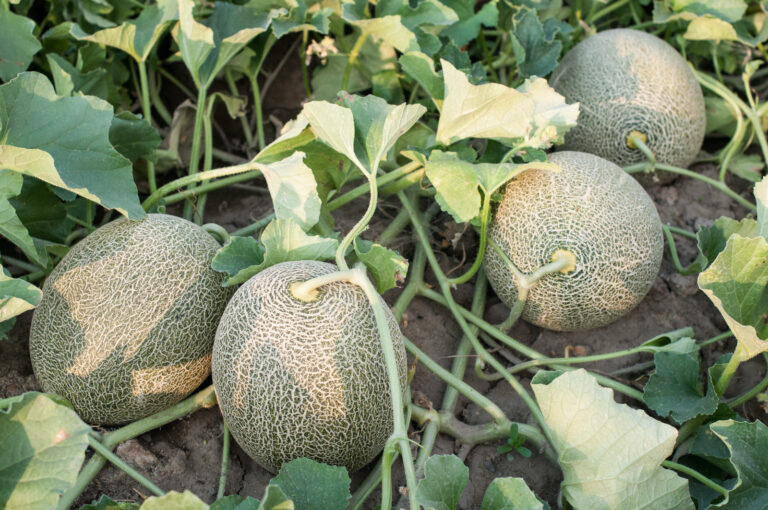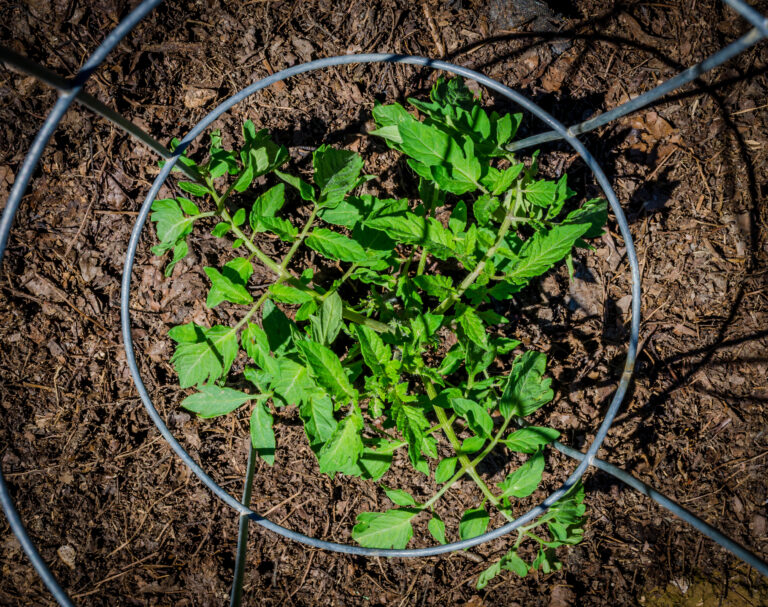Herbs with Edible Flowers
Many herbs have edible flowers that can be used as a colorful garnish for salads and sweet and savory dishes.
Add herb flowers to delicate salads and salad herbs such as lamb’s lettuce and chervil.
Tip: toss the leaves of a salad you plan to add herbs to first then add dressing then add edible flowers just before you serve–that way the flowers will keep their fresh appearance and color.
Use a dressing that is light in vinegar or lemon juice—that is avoid acidic dressings as they will both discolor flower petals and overwhelm the flowers’ subtle flavor.

Herb flowers for salads and garnishes
(Click on the herb name for growing and kitchen tips.)
• Anise hyssop: showy lilac flower spikes with sweet anise aroma and flavor
• Basil: flower spikes are creamy-white and purple-tinged.
• Borage: flowers are bright purple and star-shaped; use fresh or crystallized.
• Calendula: bright orange and yellow flowers with a sweet, resin-like aroma.
• Chives: flowers are light purple with delicate chive flavor.
• Coriander: white or pale pink flowers appear in early summer.
• Fennel: bright yellow flowers in umbels that last through the summer.
• Garlic chives: flowers are commonly harvested as buds on the stem for garlic flavor.
• Lavender: shades of purple flowers; also grind fresh flowers with sugar to a powder for baking.
• Mexican mint marigold: Tagetes lucida—yellow to deep orange flowers smell of anise.
• Mint: flowers are greenish or pinkish-white in clusters.
• Oregano: white flowers; the flavor of oregano varies depending on the climate and soil.
• Rosemary: flowers are seafoam blue with a strong pungent flavor.
• Sage: light purple hooded flowers make a pretty garnish; warm spicy flavor.
• Thyme: flowers are pale purple; stems are usually harvested just before flowering.
Related articles:
Best Herbs for Container Growing
Planning the Home Fruit Garden
Garden Planning Books at Amazon:
- Vegetable Garden Almanac & Planner
- Kitchen Garden Grower’s Guide Vegetable Encyclopedia
- Vegetable Garden Grower’s Guide
- Tomato Grower’s Answer Book

